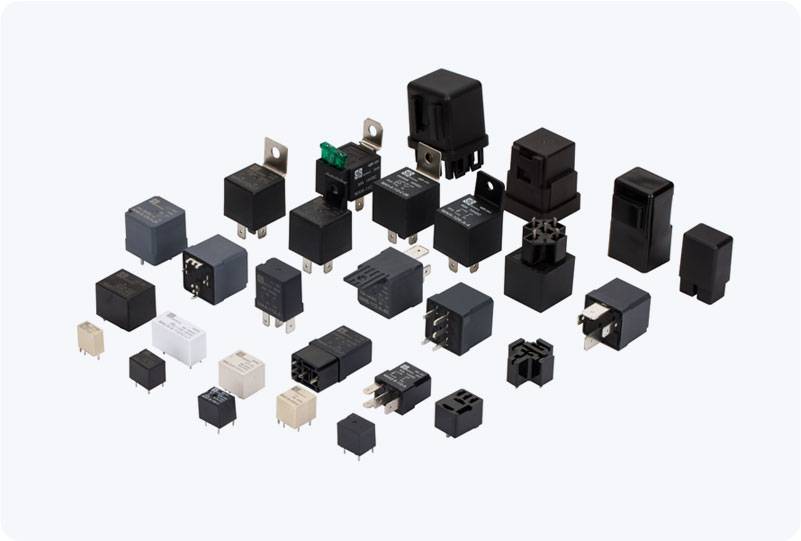A Time Relay is an essential component widely used in electrical and automation systems. It is designed to control the switching of electrical circuits based on a set time delay. The main function of a time relay is to delay the action of a relay switch for a specific period, either after the power is applied (on-delay) or when the power is removed (off-delay). This feature makes it indispensable for various applications, particularly in the fields of industrial automation, machinery control, and home appliances.

Working Principle of Time Relays The basic working principle of a time relay revolves around the idea of time delay. It combines the functionality of a traditional relay with a time delay mechanism, which is usually achieved through electronic or mechanical means. When power is applied, the relay remains in an “off” state initially, and only after a set time interval does the relay activate or deactivate the circuit. Similarly, in off-delay timers, when power is switched off, the relay continues to operate for a set time period before deactivating the connected circuit. Time relays often use components like resistors, capacitors, or more complex digital circuitry to control the timing mechanism. In some cases, time relays come with adjustable settings, allowing users to choose the delay time according to their requirements. The most common time ranges vary from fractions of a second to several minutes, depending on the application.